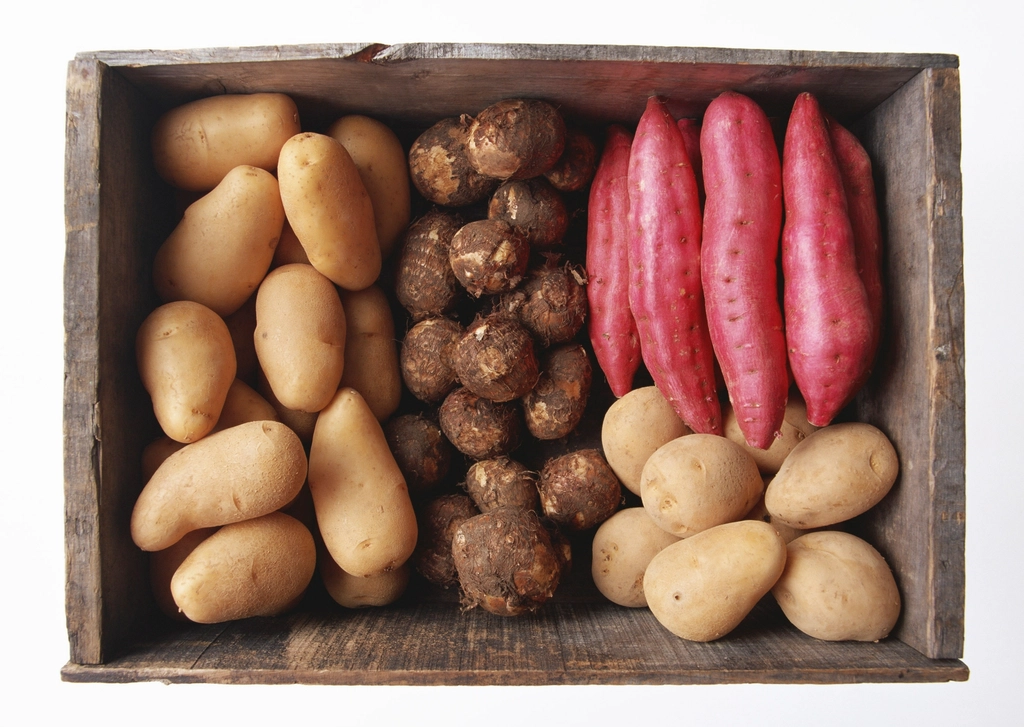It is not uncommon to see “modified” or “resistant” starch listed on food labels, but do those starches contain phosphorus?
The easy answer – sometimes yes and sometimes no.
What are resistant starches?
According to this 2020 review, resistant starch is a type of fibre and is therefore not digested in the small intestine. In the large intestine resistant starches can be fermented by bacteria in the gut.
Resistant starches can be found naturally in some foods, including potatoes, bananas and beans, but they can also be added to foods. It is thought that added resistant starches retain their “resistant” properties, even after cooking.
Because resistant starches function like a fibre and aren’t absorbed in the gut, they likely have very little impact on serum potassium or phosphorus levels.
What about modified starches?
Modified starches are commonly used in the food and beverage industry for a variety of purposes.
According to this article, starch is made up of amylose (80%), amylopectin (20%), lipid, protein (0.6%), and a small quantity of minerals (<0.4%). Figure 3 of this articles diagrams where modified starches are used. Most modified starches used in the food industry are modified through enzyme reactions of genetic modification of the plant/crop.

However, phosphorus can be used as a chemical modifier of starch. And according to this 2020 article phosphorylated starch could have great applicability in food as it would be a good emulsifier, adhesive, thickener and stabilizer of food products.
What about starch-modifying agents?
Modified starches are food additives that can be used to change the structural properties of starch.
According to the Health Canada list of permitted food additives, there are 5 different phosphorus additives approved for this use.
In Canada, most of the Phosphorus-Starch Modifying additives do not have upper limits and instead are listed as Good Manufacturing Practice. However Sodium Trimetaphosphate has a limit of not more 400ppm of phosphorus. For sodium tripolyphosphate and potassium tripolyphosphate, the limit is not more than 0.4% phosphorus.
In my previous post, I reviewed what ppm means, but basically this means that all of these additives can only increase the phosphorus content of the product it is added to by 400mg per 1kg or 1L. This may be a little or a lot depending on what product it has been added to and how much of it your patient is eating.
This article published in Europe, also provided a list of starch-containing phosphorus additives:
- Phosphoric acid E 338
- Monostarch phosphate E 1410
- Sodium phosphate, mono-, di-, tri- E 339 Distarch phosphate E 1412
- Potassium phosphate, mono-, di-, tri- E 340
- Phosphated distarch phosphate E 1413
- Calcium phosphate, mono-, di-, tri- E 341
- Acetylated distarch phosphate E 1414
- Magnesium phosphates Hydroxypropyl distarch phosphate E 1442
How will modified starches appear on food labels?
Starches and modified starches full under a list of other food ingredients where declaration of their components isn’t required. Other items on this list include butter, margarine and baking powder.
However, despite hours of digging and attempting to read food labeling laws, I am actually still unclear if phosphorylated modified starches would need to stipulate that they have been modified due to phosphorylation. I am also unclear on how much phosphorus would remain after this chemical reaction.
Take Aways
This is one of those the more you know the less you know. But based on what I could find:
- Resistant starches good to go
- Modified starches have a potential risk of being phosphorylated that could potential increase the phosphorus content of the foods – though by how much and how this would be determined based on the food label remains a mystery to me.
If you patient has unexplained hyperphosphatemia, it may be worthwhile to see if they are consuming anything with modified starches on the ingredient list. If they are, it may be worthwhile trying to find an alternate and seeing what happens to their phosphorus levels.
But I would not recommend routine restriction of modified starches as not all starches will be modified using phosphorylation and we don’t have good data that there is a known increase in phosphorus content.


